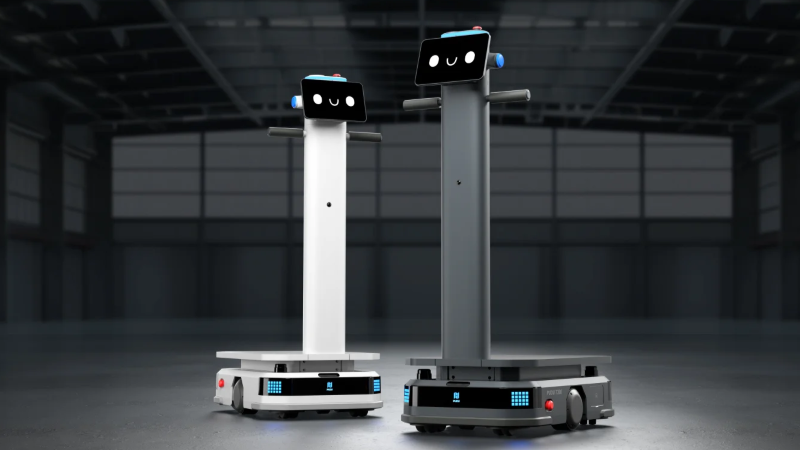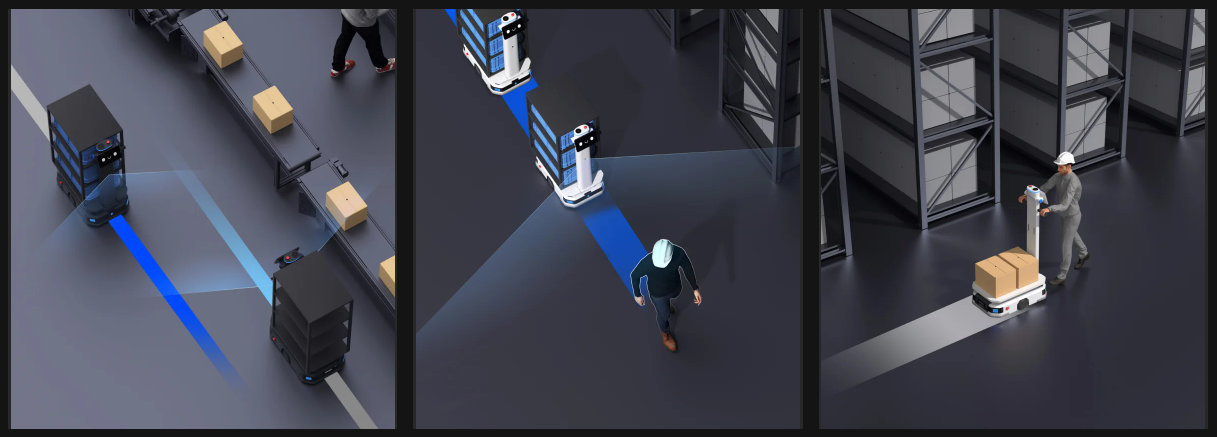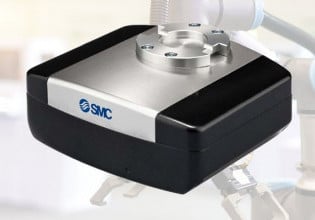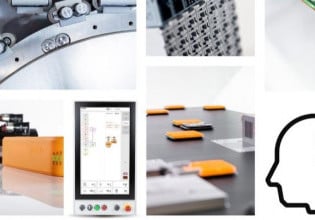Pudu Robotics’ New T300 Robot Puts a Friendly Face to Industrial Transport
The new PUDU T300 industrial delivery robot from Pudu Robotics provides companies with a means to automatically move goods through a factory efficiently and safely.
Service robotics provider Pudu Robotics has stepped into the industrial sector with the release of the T300 industrial robot. The T300 is designed to move objects through the factory, such as subassemblies, maintenance supplies, and finished goods for packaging.

Introducing the PUDU T300, Pudu Robotics' new “industrial delivery robot.” Image used courtesy of Pudu Robotics
Challenges of Transport in Manufacturing
Raw materials, in-progress workpieces, tooling, and finished goods need to move freely through the factory. Ideally, items arrive exactly when they are needed, not too early, where they can occupy space unnecessarily, or too late, where machines are idle. As a factory’s metrics are collected, proper delivery times can be modeled and predicted.
Typically, heavy objects must be moved by a forklift or pallet jack. These machines, however, require specialized training to operate and are often the source of on-the-job injuries. Furthermore, manual lifting, shifting, and sliding heavy items without the assistance of powered equipment can also result in ergonomic- or strain-related injuries.
Enter robotic transport. With the proper robot, items are transported through the factory, navigating around each other and their human counterparts safely. Through advancements in “swarm” robotics and artificial intelligence (AI), goods arrive at the moment they are needed.

The PUDU T300 is designed to move materials around the manufacturing environment. Image used courtesy of Pudu Robotics
The PUDU T300
In the developing field of robotic delivery systems, Pudu Robotics’ newly launched PUDU T300 “industrial delivery robot” has some distinct features. First, each robot can transport up to 300 kg at a time, meaning they can replace most hand trucks and some pallet jack and forklift operations.
Next, unlike humans who tend to bump into one another, the PUDU T300 is outfitted with the latest LIDAR and Simultaneous Location and Mapping (SLAM) sensors and algorithms, which can detect objects in their path, reducing collisions. The PUDU T300 can accurately map and navigate in a space of up to 200,000 m2, with heights of up to 30 m. The robots can even navigate by opening secure doors (with proper programming), fit in spaces as slim as 60 cm, and use elevators.
In addition to the PUDU T300’s lifting and navigating capability, they can charge quickly and swap batteries automatically, as needed. This capability keeps production running, as there is no need to wait for chargers or complicated battery replacements. The T300 also meets the industry standard ISO 3691-4 for driverless industrial trucks. This standard covers LIDAR, depth cameras, emergency stops, collision detection, and edges, as well as other important features.

The PUDU T300 is capable of different delivery modes, including auto-delivery (left), follow mode (center), and power-assist (right). Image used courtesy of Pudu Robotics
The Future of Robotic Transport
Assembly lines were a great invention for nearly continuous processes. However, they only really work if the process can be broken into steps that take the same amount of time. Without that, there is either an accumulation of unfinished parts and idle time. Because of this, many processes are batch or semi-batch, which is where robotic transport can help boost efficiency.
By moving parts and subassemblies to and from process equipment as needed, machines can be kept running continuously. The reduction in idle time, plus the added benefit of reduced forklift, pallet jack, hand truck, and ergonomic injuries, means the use of robotic transport, such as the PUDU T300, will likely increase in the future.






